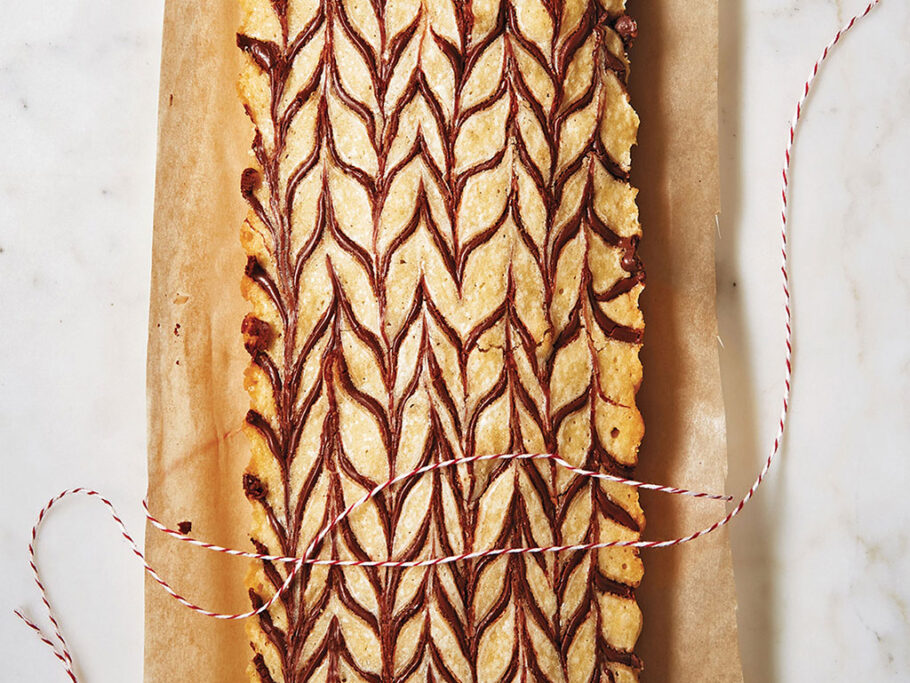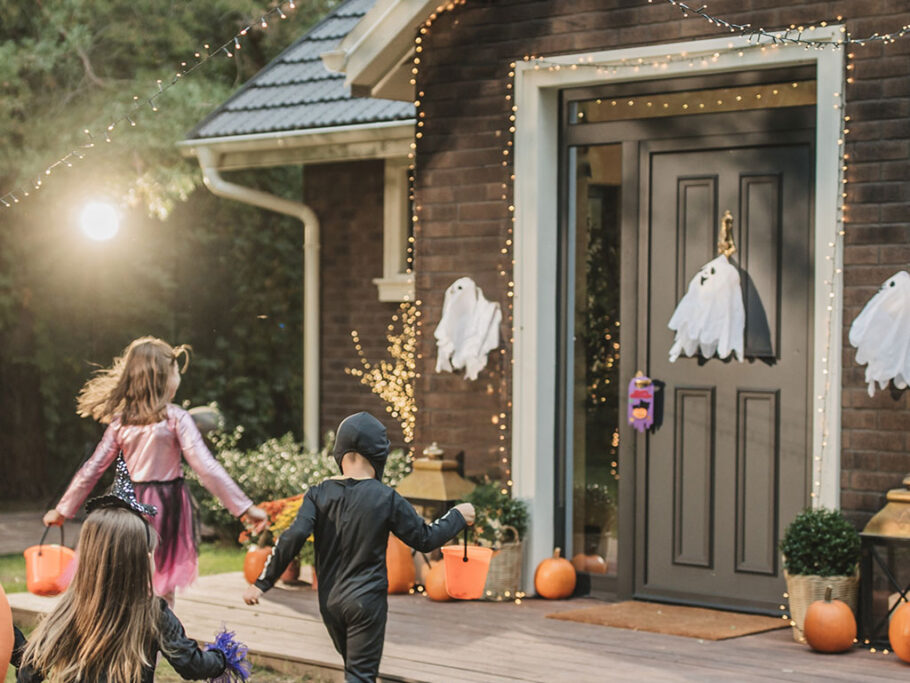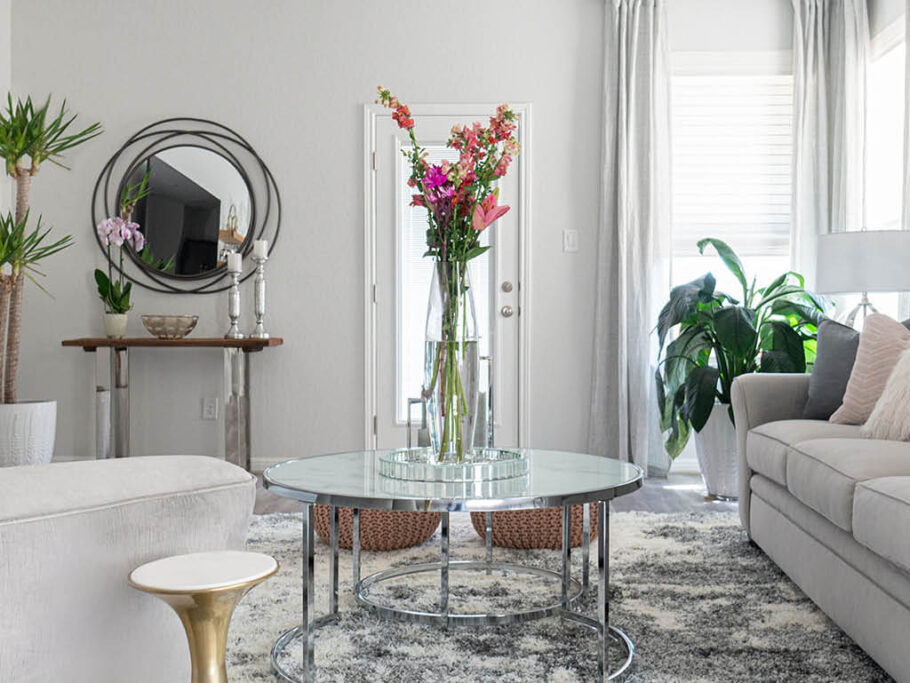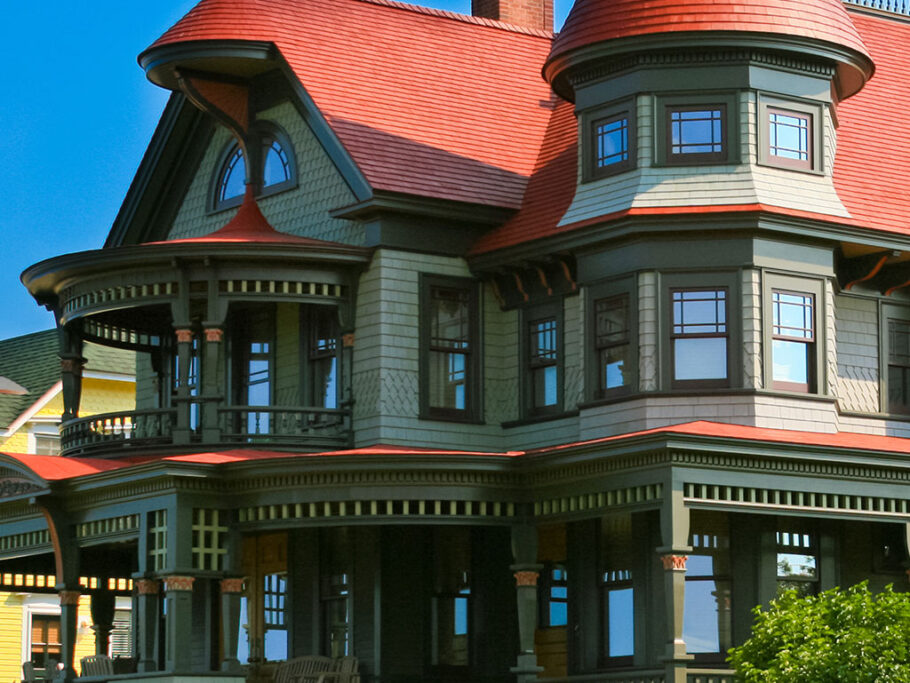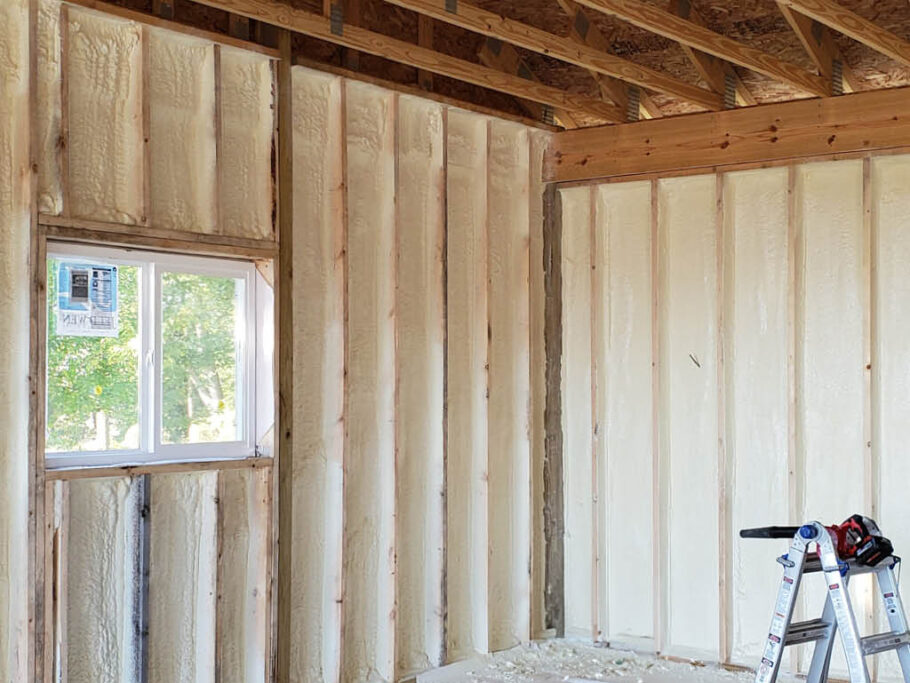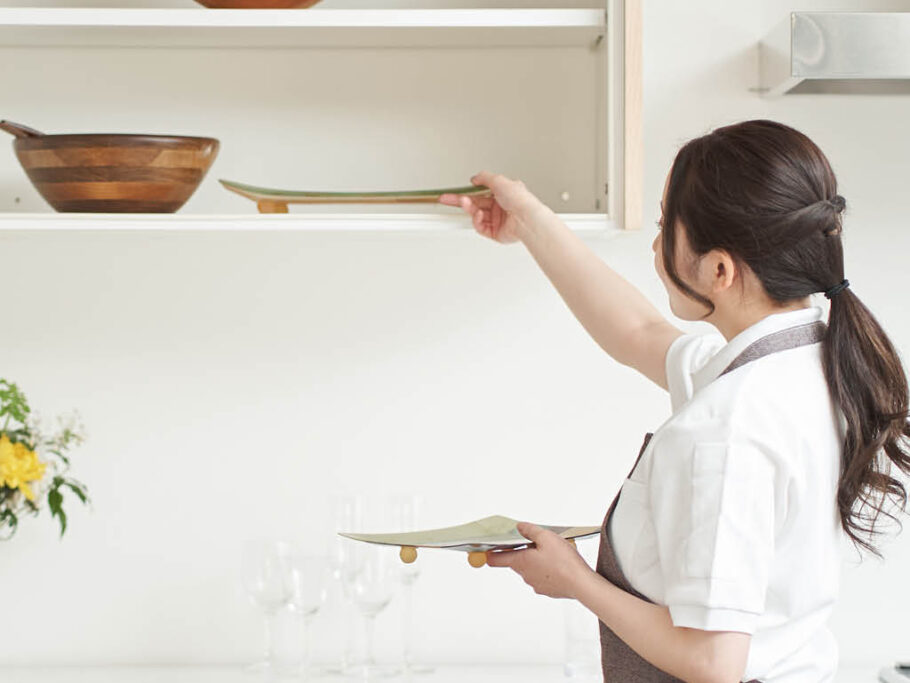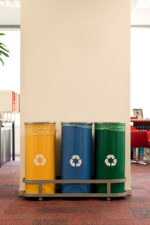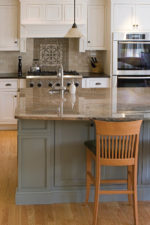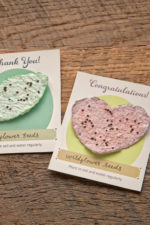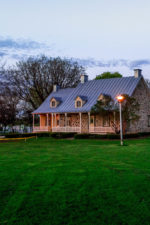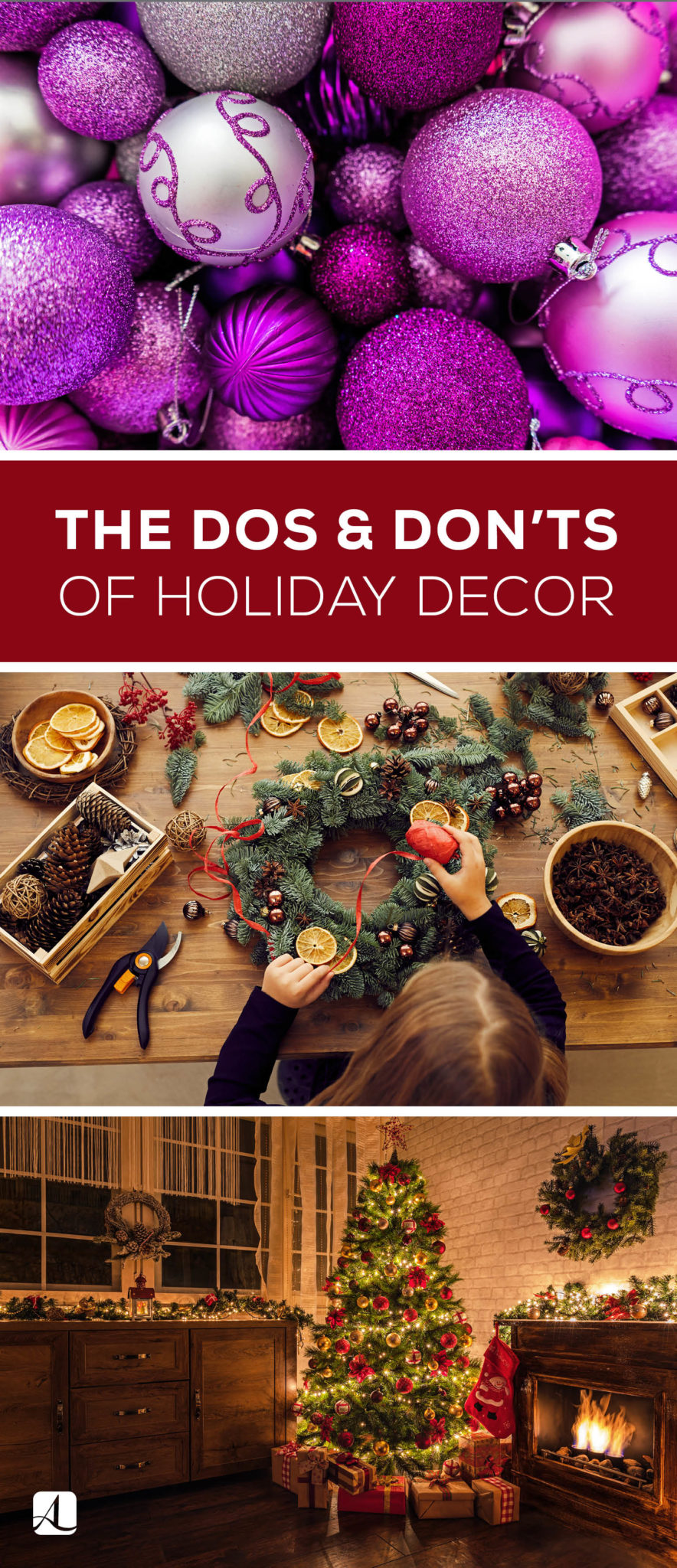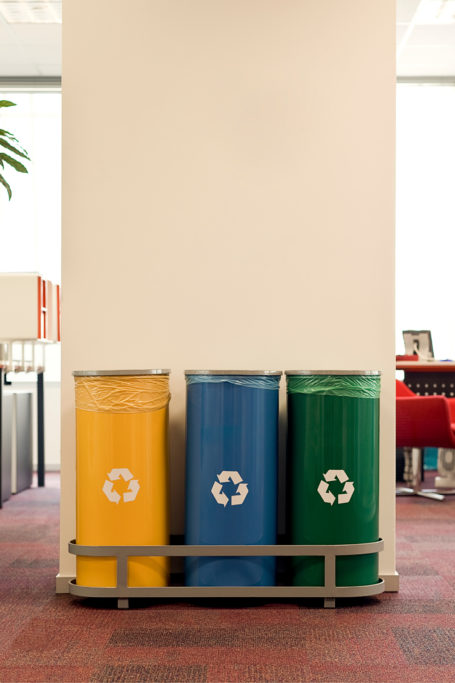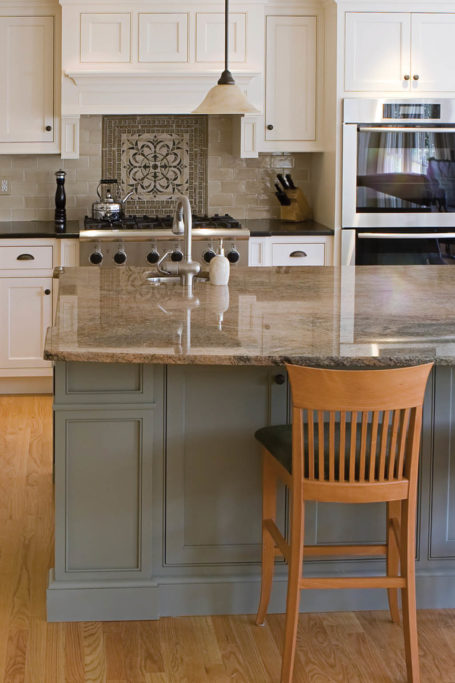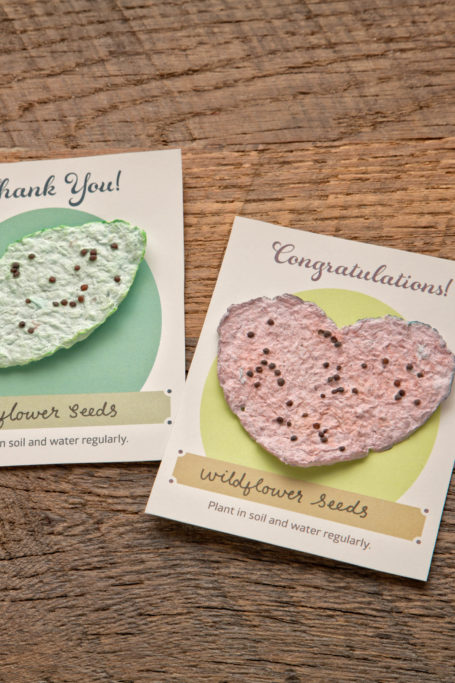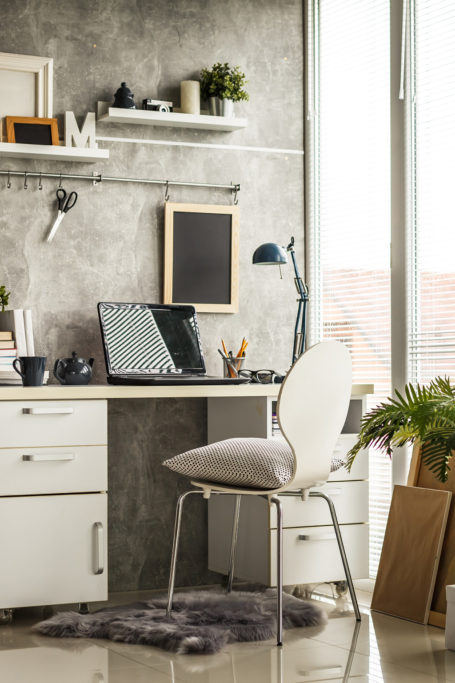The Dos and Don’ts of Holiday Decor
No matter where you live, or in what type of home, there’s an excitement about decking the halls for the holiday season. And, even though you may or may not choose boughs of holly as part of your home’s holiday decor, there are many things you can do—and should avoid doing—to achieve the look you want.

Do:
Plan ahead.
Get a jumpstart on planning your holiday decor by starting the process in late October or early November. Otherwise, you may quickly find that items or colors you want are long out of stock. Begin planning at least a month earlier, and jot down notes as you go.
Bring the outside inside.
Use twigs, pine cones, and even wood as accessory pieces in spaces like your living room or dining room to weave a thread between inside and outside. If you have a fireplace or wood-burning stove, this theme will work even better.
Make scents of it.
Speaking of the outdoors, the smell of pine—usually from a real tree—often elicits thoughts of the holidays, as do other classic scents like cranberry, vanilla, and peppermint. Perhaps no other time of year is so associated with the olfactory sense, so use that to your advantage.
Walk the fine line between too much and too little.
Can anything really be too much during the holiday season? Uh, yeah. And it’s usually easy to spot: for example, if there are more inflatables than lawn showing in your yard. On the opposite end of the spectrum, going for a minimalist vibe can look quite classy, but it can also look quite empty. To prevent the museum look, choose three or four decorative pieces per room.
Choose a theme and stick to it.
This doesn’t mean that the theme must be the same every year. In my house, for example, we have a history of alternating multicolored lights and white lights on the tree and then expanding that theme through the rest of the room. Likewise, you can choose to run the theme or color palette throughout your home, or you can choose a different one for each room or each floor. Keep in mind, however, that if you choose to decorate room by room, it will be better if the rooms are separated rather than having an open-plan layout.
Transition your furnishings.
You don’t need a complete overhaul for the holidays (other than perhaps rearranging your furniture); adding touches of the holiday will do the trick. For example, you can add some throw pillows in textured fabric to your living room couch that match your overall holiday decor or swap out the neutral duvet on your bed for a cozy, plaid flannel one.
Focus on tree spacing.
There are two different spacing considerations if you have a tree. First, don’t crowd your tree by placing it too close to furniture or the fireplace (especially if it’s real, since you’ll need to water it). Also, make sure it’s in a prominent place, such as in a corner or by the main wall, and you’ll get bonus design points if you can also see it from the outside.
When it comes to what wraps the tree, the garland and the lights, take your time to ensure they are balanced from top to bottom. The dreaded “tree gaps”—seemingly cavernous holes where there are no decorations and no lights— are real
And then there are the ornaments and other trinkets, which, if not spaced properly, can look like a hot mess. If you are going minimal with one to three colors, such as gold and red ornaments with white lights, separating the reds and golds is easy to do. If your ornaments have a wide array of colors, your primary focus should be making sure that like colors, hues, and styles are distanced from one another.

Don’t:
Overdo scents.
The downside of aromas is that, depending on what you use, they can be downright overwhelming. Even one peppermint candle can soon overpower your senses and your home. If possible, put natural items, such as the aforementioned pine cones or peppermint leaves, in a bowl or jar, or create a DIY potpourri of your own liking.
Limit your color palette.
Which two colors make you think of Christmas? If you answered “red and green,” congratulations—you and just about everyone else answered the same. (The same would apply to the expected colors of Hanukkah.) It’s all right if you love classic holiday color combos; they’re awesome. Just don’t hesitate to add a splash of another complementary color here and there, or, if you’re feeling daring, go for a completely different color scheme, like a monochrome pink or purple palette. If you can dream it, you can create it.
Lose sight of your own tastes.
It’s tempting to buy decor when you’re out shopping, and it’s obviously OK to do so. However, to emphasize your style, consider personalizing your overall aesthetic by adding a DIY craft, such as a homemade garland, here and there to display your own personal touch. Here’s a fun way to take personalization to the max: purchase a meaningful ornament every year at a vacation destination. Your tree will become a scrapbook of memories.
Forget about your doorways.
What’s one of the first things that people see when they walk into your home? A doorway leading from one room into another, often through a hallway. Make your first impression eye-catching by framing such doorways with lights or cards attached to a green garland. If you choose the former, make sure it matches the rest of your surrounding decor.
Leave everything up too long.
For many people, the holiday look will get as stale as old fruitcake after several weeks. The natural cutoff for Christmas is usually after the New Year (new beginnings, after all), although it may vary based on your family or faith tradition. Keeping any winter holiday going until late January will definitely make your home look tired—and make you look like you’re desperate to cling to the holidays.
The holiday season is one of the best times of year to transform your home, both inside and out. By following these few simple principles, you can achieve a cohesive, memorable look that everybody will love and create inspiration for years to come.

